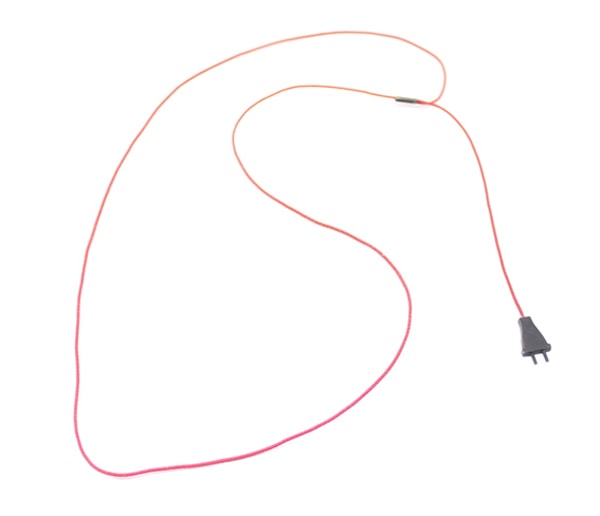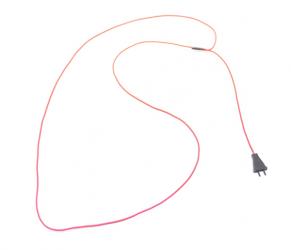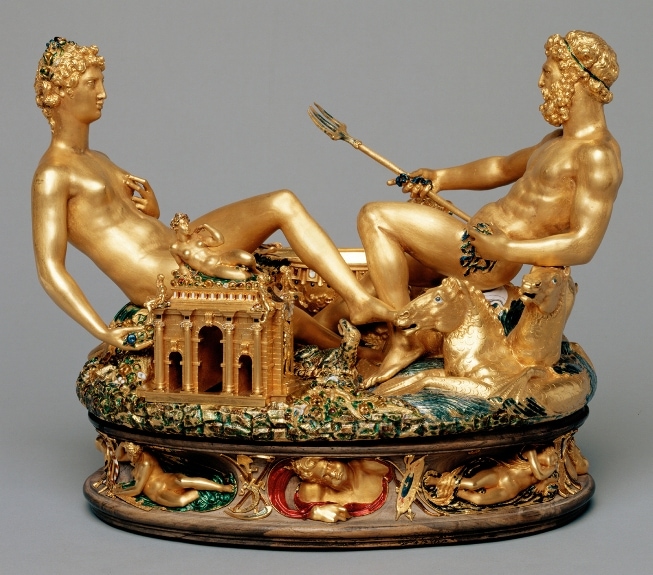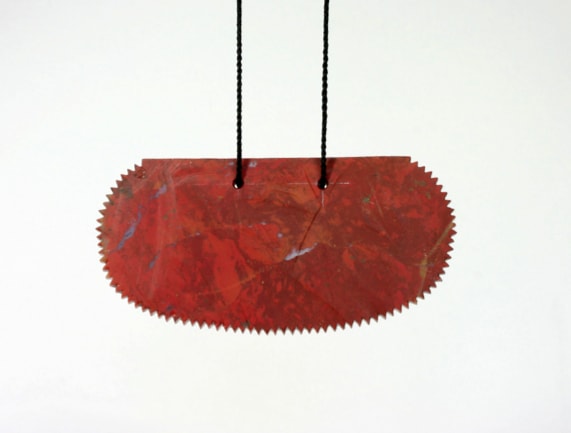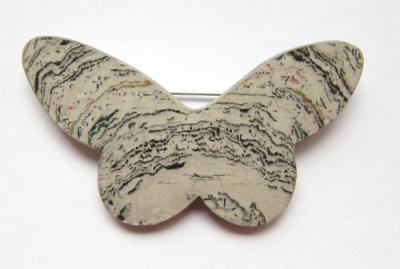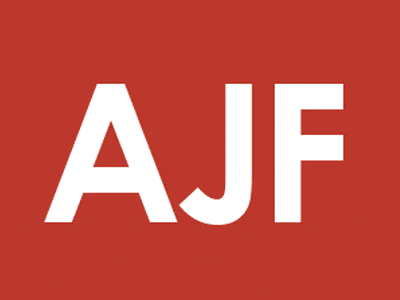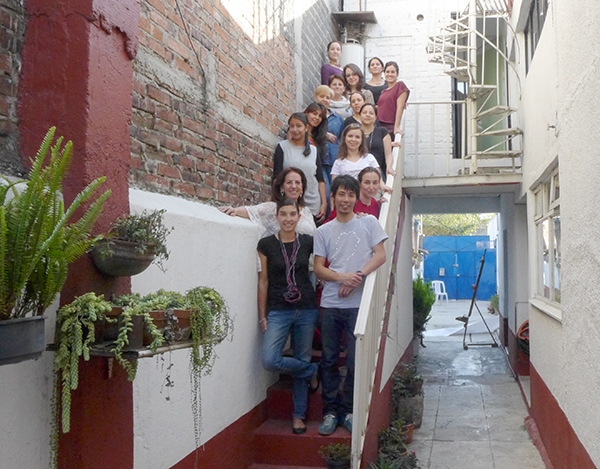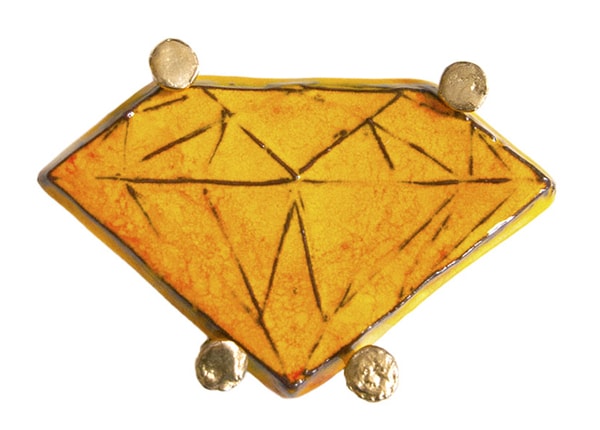 Warwick Freeman is a New Zealand jeweler who is widely recognized outside of his country. At Schmuck 2013 in Munich, he was the featured master with a case devoted exclusively to his work. In 2002, Freeman was awarded both the Françoise van den Bosch Foundation award and The Arts Foundation Laureate Award. An exhibition of his work called Given travelled to Amsterdam and around New Zealand museums in 2004–2007, accompanied by a catalogue with text written by Damian Skinner. And besides all that, Freeman was a partner in the well-known contemporary jewelry cooperative Fingers, which opened in 1988. His street cred is excellent. This show with The National gallery in Christchurch, New Zealand is a mini retrospective of his work.
Warwick Freeman is a New Zealand jeweler who is widely recognized outside of his country. At Schmuck 2013 in Munich, he was the featured master with a case devoted exclusively to his work. In 2002, Freeman was awarded both the Françoise van den Bosch Foundation award and The Arts Foundation Laureate Award. An exhibition of his work called Given travelled to Amsterdam and around New Zealand museums in 2004–2007, accompanied by a catalogue with text written by Damian Skinner. And besides all that, Freeman was a partner in the well-known contemporary jewelry cooperative Fingers, which opened in 1988. His street cred is excellent. This show with The National gallery in Christchurch, New Zealand is a mini retrospective of his work.
Susan Cummins: How did you learn to make jewelry? What attracted you to it?
Warwick Freeman: I usually make the claim that I’m an autodidact because I never went to an art school or attended any type of jewelry course. It’s basically the truth, but that belies the actual story which involves myriad contacts with workshops concerned with both the manufacture of the industrial and art. Learning tricks, observing ways of working—learning the habits of making.
But, when I think about the moments I developed some of the distinctive characteristics of my practice, I think I was probably alone, finding my own way by trial and error. I think that experiential learning was actually one of the things that attracted me to jewelry making, the workshop part of jewelry making anyway.
